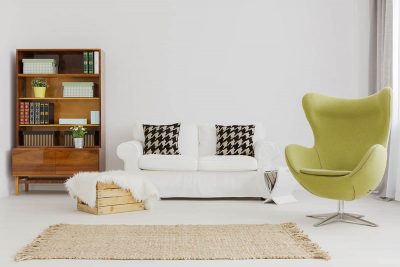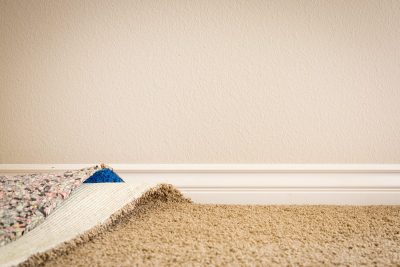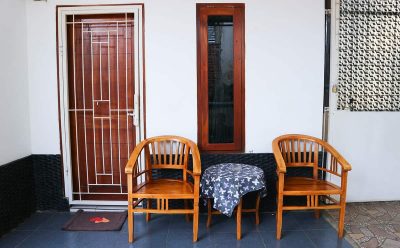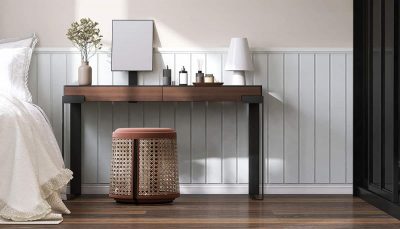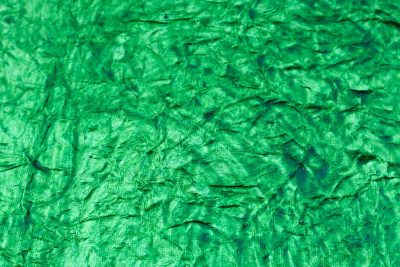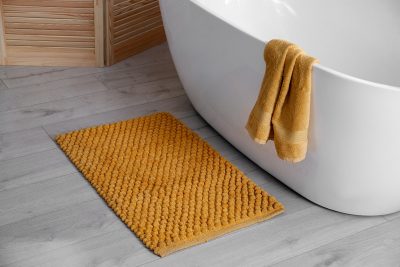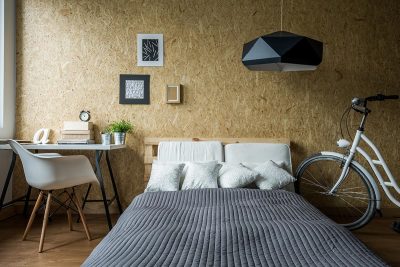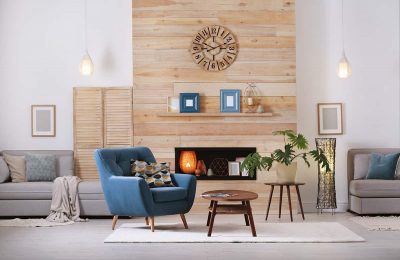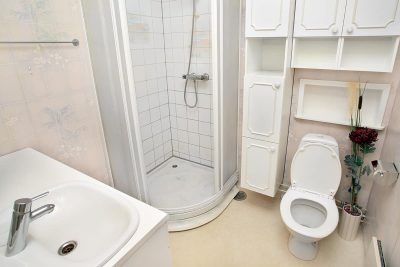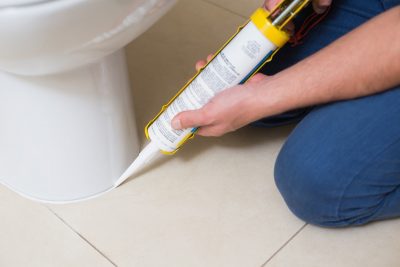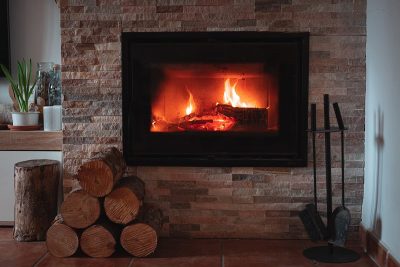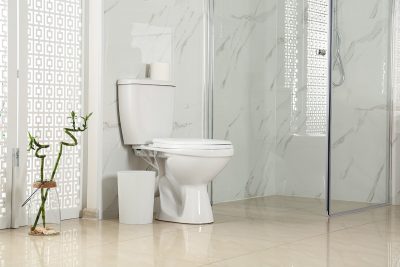Steve Green
Posts by Steve Green:
There are a huge variety of different options available, making it difficult to know which swivel chair dimensions are right for you. On average, most swivel chairs will have a seat height range of between 16 and 21 inches, and a backrest measuring between 12 and 18 inches in height.
The standard depth of carpet pad is 7/16 inches, but the thickness you need will be dependent upon a number of factors, including the type of carpet you have, and your budget. Carpet padding typically varies in thickness from ⅜ an inch to ½ an inch, and thicker is better in some scenarios, while thinner and firmer is better for others.
A house with white exterior walls is one of the easiest to choose a color palette for, because white goes with everything. However, this can actually make it one of the most difficult colors to work with because you will be simply spoilt for choice.
When it comes to painting beadboard, there’s a wide range of options. Beadboard is traditionally white, but it can be painted in any number of shades, or even stained in wood tones.
Green is a secondary color, which means it can be made by mixing two primary colors together. The colors you will need to make green are blue and yellow, but the type of blue and yellow you use are going to dictate the type of green you end up with.Here we investigate how to make a range of different types of green.
Standard bathroom rugs measure around 22 inches in width and 34 inches in length, but you can find alternative sizes to fit the floor space in your bathroom.
Though some types of wall coverings can be expensive, there are plenty of ways you can cover walls on a budget, including using peel-and-stick tiles, wooden cladding, and wallpaper.
When choosing an accent wall you need to consider the type of atmosphere you want to create, the best wall for acting as a focal point, and the type of finish you are going to use.
What all shower pans have in common is the need to be strong and durable while also feeling comfortable underfoot. Here we explore the different types of shower pans available and consider what shower pans are made from.
In many US states, building code requires that toilets be caulked at floor level, however the debate continues as to whether it’s really a good idea to caulk the toilet. There are arguments for both sides, but those in favor of caulking the toilet carry more weight, so most professionals agree that toilets should be caulked.
Here we explore the various accessories and items of furniture you can set at the sides of a fireplace to pull a style together or draw attention to the fireplace as the main feature.
Most toilets are designed to last around 50 years, though this is only a guide and will depend on a number of factors. The more use a toilet gets, the shorter you can expect it’s lifespan to be. It may also not last as long as you’d like if it was not installed properly, or if it is treated incorrectly. You can take steps to increase the life expectancy of your toilet, including proper maintenance.
